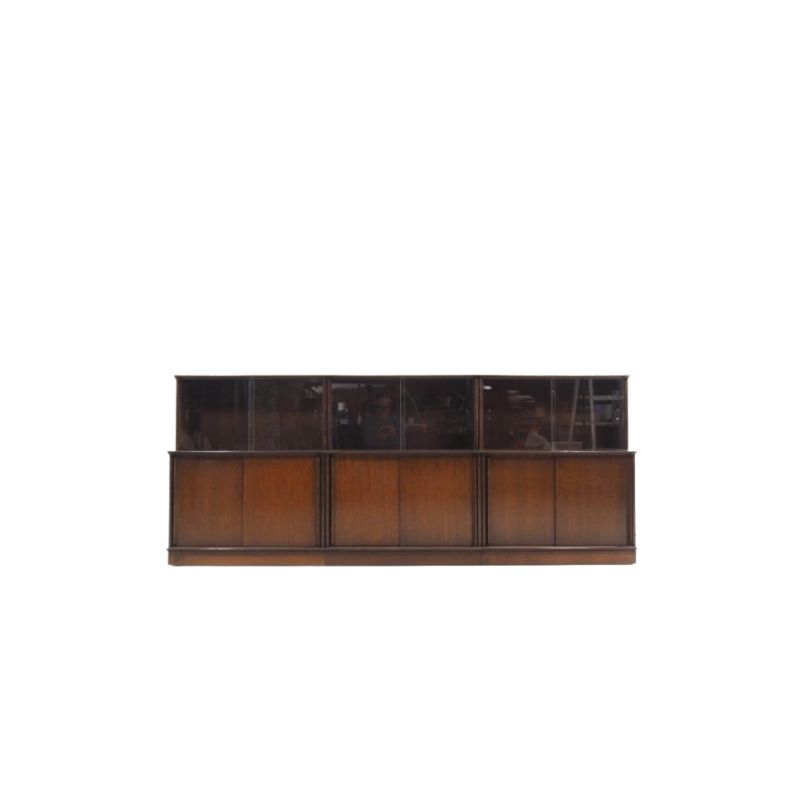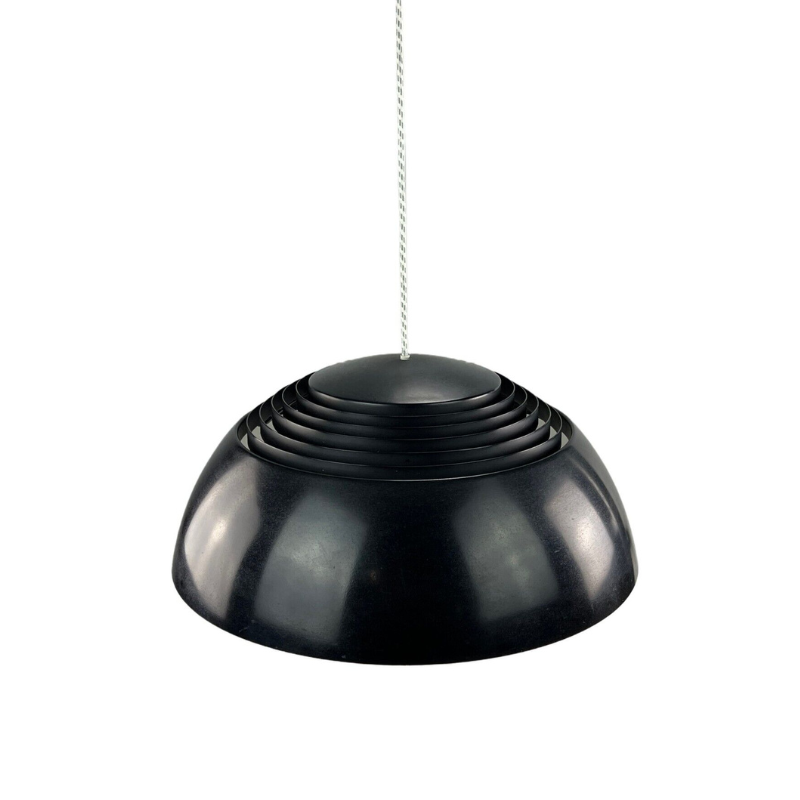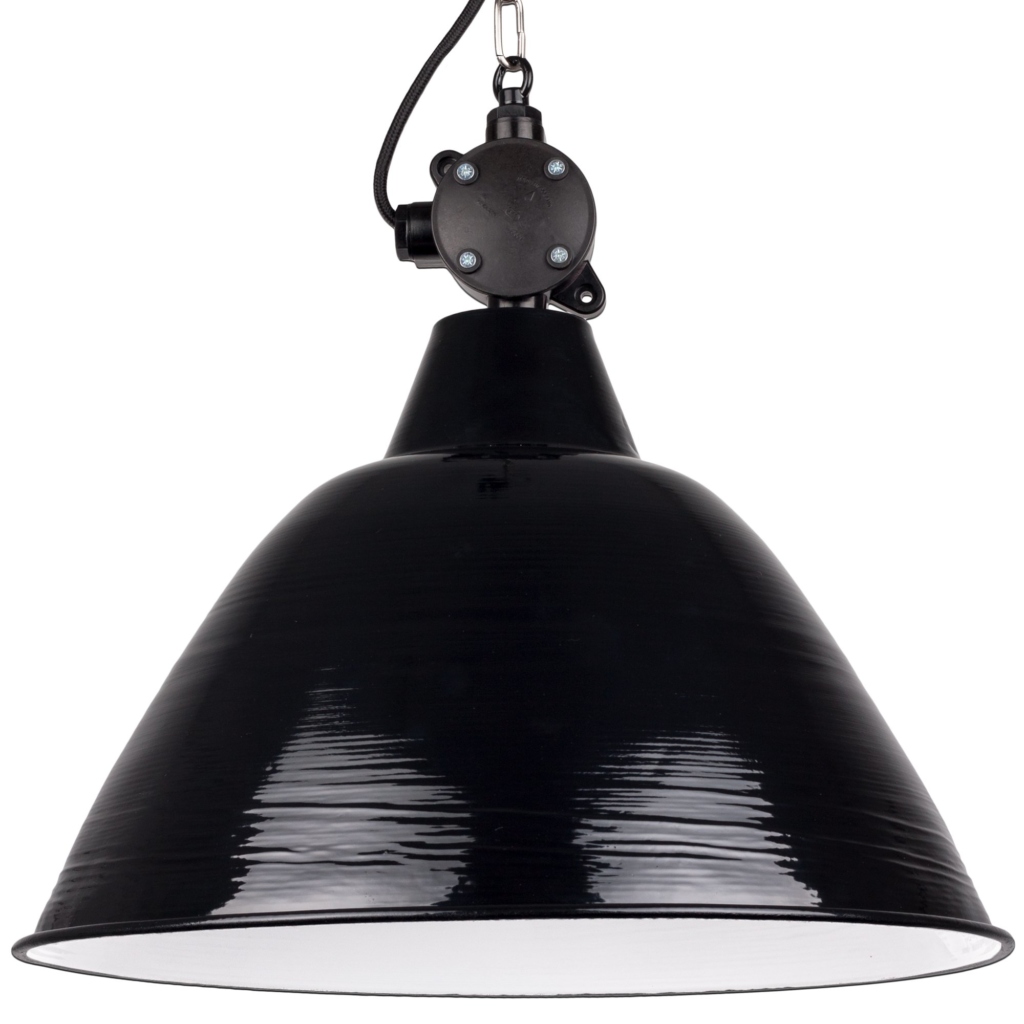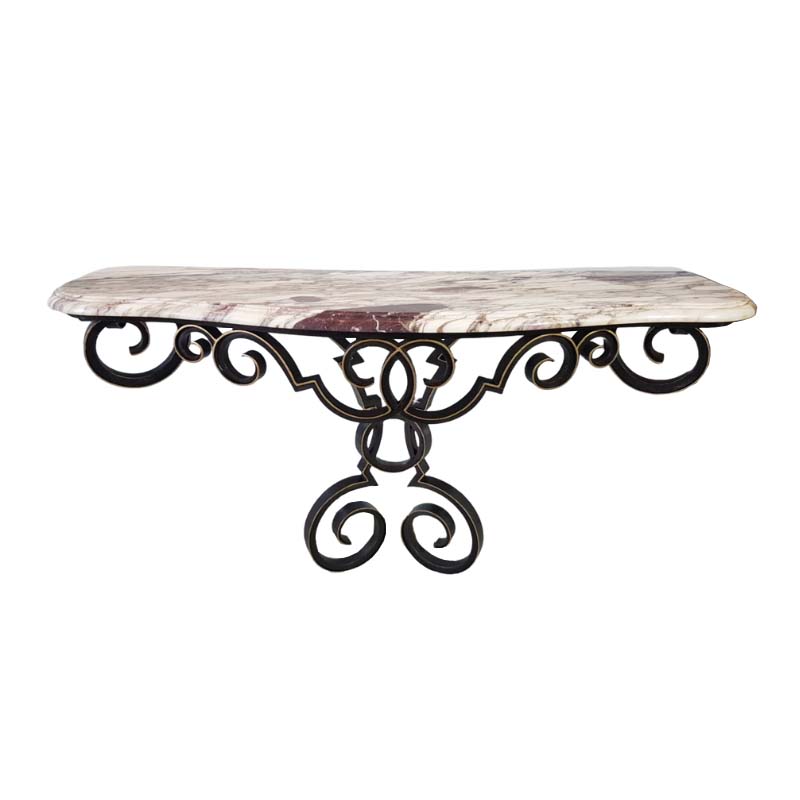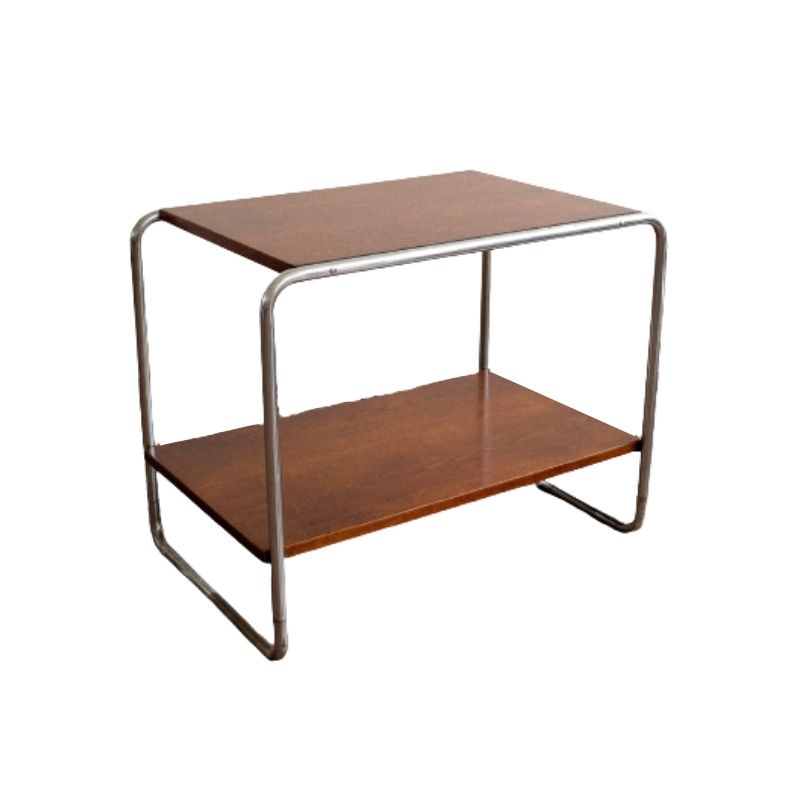I am sure you have probably seen something similar, or even thought of it yourself - I am not implying that is a bad thing - I just don't want it to seem as though I am implying that I have created something new by sharing photos of it. Over my spring break I did some sketches and built this all by myself. It was a lot of fun from start to finish, I learned a ton, and I think it worked out for what I intended. Some relevant background, I am an undergraduate student majoring in accounting, so I am neither artistic nor handy nor design/creatively gifted.
The photos of it can be viewed here:
http://www.flickr.com/photos/andyallen/
and here is my attempt at an explanation:
Plan:
The intent was to design something affordable, easy to make, transport & set up for one person and overall a durable structure. I wanted to see how inexpensive it could be, and all said and done it was about 60 dollars, not that bad, but I think it can still be made for less (esp. with recycled or ?harvested? lumber). Because I wanted something that was DIY and low cost, I wanted to be honest to that aim and did not bother to cover up bar codes or lumber markings, or paint over the wood or dress it up in any way, although I did sand it. I think it looks very nice this way, and doesn?t come off as cheap, especially when you see it in person and move it around and can appreciate the weight and stability of the design.
Results:
Considering this was my first project ever, I was very lucky that it came out pretty close to what I envisioned. As I built the panels, and there are four of them, two large for the bed platform and two acting as end tables (the separate panels are for ease of transport) as I built each panel I refined and improved the construction of them, learning as I went along. Having a good workspace and the right tools are crucial to getting a good build. I could improve upon the design by selecting a nicer wood for the two bed panels (the one I picked was the cheapest, but to have a nicer plywood would only cost about 4 dollars more, and the difference noticed makes it worth it). I would also put 2x6 runners underneath for further support, they can be added easily, and I plan to do that soon.
got to start somewhere
There is a difference between 'honest' and 'unfinished.' Take a look at your Knoll table next to your bed. It is honest. It has a wood top and a metal base. No material is hidden. But the difference is in the finishing.
Charles Eames' LCW exposes its inner ply and screws, but the wood is nicely finished and constructed and the wood is quality. I would not say that using low quality materials and leaving the stamps and markings on them is much of a design statement.
I would say that this is a great source of fun and a great learning experience. Use this as a prototype. I don't know of any designer using the first draft as the final product.
Also - I would not try to make this any cheaper. 60 dollars is almost too cheap - meaning you are not likely to be able to use QUALITY materials at this pricepoint. You could use even cheaper materials if desired for a model or prototype ... I would say that the materials you used is prototype quality at best. When you do this again and again and discover exactly how your product should work then it will be worth the money to buy high quality furniture grade plywood and construct it knowing it will be what you desire it to be.
If the idea is to make quality furniture at a low cost then do it. IKEA has already covered the bases of making clean lined furniture with the cheapest, poorest materials and construction possible (not saying this is what you are doing). People are always looking for the next step up ... with quality and design (imagine that). Expense is relative. I would say $400 for a cheaply made bed that won't last is expensive. BUT $400 for a well constructed bed with quality materials is a steal!
good point
Well put whitespike - and I love my knoll table and appreciate its honesty and quality (granted it is a bit heavy to move - which I don't mind). However, one point I didn't make clear was that I intentionally did not want to spend a lot of money (partly because I have no money, leaving me with little options) and so my intent was to be true to that, and not try to cover up that I used inexpensive lumber and such, not necessarily be honest to its simple form (but I guess I am unintentionally). I understand what you are saying though. And you are absolutely right, by going through the process and doing the research and trial and error I am taking a first step towards something. Most importantly I had a great time doing it.
I forgot to mention
That I agree completely regarding drawing a difference between the aim of IKEA - low cost - at the sacrifice of material, construction etc (not that it is a bad thing either) - and what I am very interested - what you speak of, quality & design - and will continue to think about it and what its possibilities and limitations are
I say good first try, andy
Several of my first attempts looked much worse, believe me. You might try painting what you've got if you need to use it for awhile, it does look very unfinished.
I am now going to incur the wrath of many DA's...IKEA stuff isn't that bad. Really. Some close friends of mine, he's a structural engineer, she's a commercial architect, just gutted and completely rebuilt their home. They've used lots of very high end stuff and then cut corners where they could with IKEA stuff. Recently, they bought a BoConcept dresser to convert for usage as a lav base and they both felt that the quality of the BoConcept was lesser than IKEA. I found that really surprising, but it's not like these two are clueless with this kind of thing. Makes you think. BoConcept markets itself as high-end design, IKEA is at least smart enough to market itself as design for the masses. Is quality then not a criteria for high-end design? I'd say yes, but in this case, it was proven otherwise. My personal experience with IKEA has always been positive, but then I haven't bought sofas, beds or other big (supposedly) durable goods from them.
o
thanks for the input, Olive. My Aunt's suggestion was to paint it as well - it is always neat to hear from others and see what they think.
And I think there are items at IKEA of a durable nature - for example - their cabinetry - at least what I saw - came off as much higher quality than those of the on-campus apartments where I live - I would imagine there isn't much of a price difference either.
No purchase ever...
equals the joy of designing and making something yourself.
You might want to consider one more thing that has not been mentioned. To use cheap materials often means that you do not use appropriate materials. In this particular case you are using chipboard that is intended to be used in construction but outside the vapour barrier as in: (from the inside out) Gyproc, vapour barrier, insulation, chipboard, Tyvec, cladding.
In most cases this means that the standards for this chipboard allow for use of glues that you do not want to inhale during a good night sleep...So I would consider it as a good full scale prototype.
If you need any help, please contact us at – info@designaddict.com




